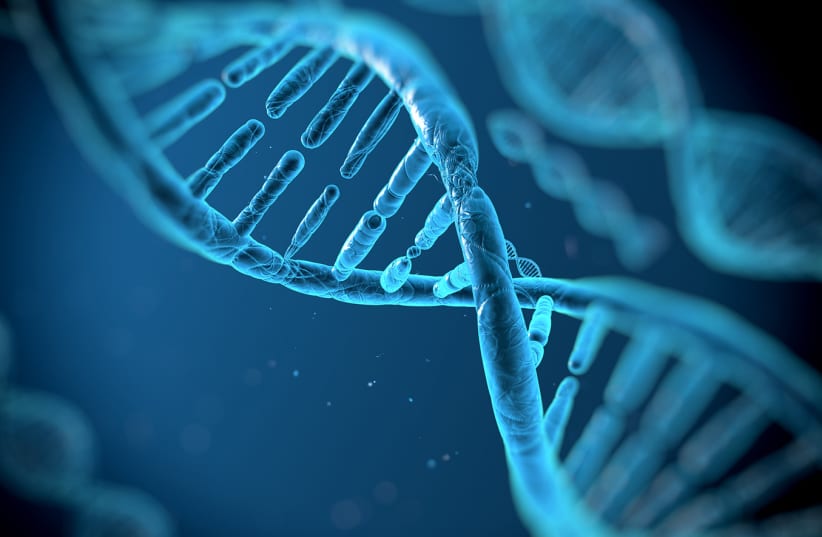The team behind the study, led by Prof. Sagiv Shifman from the Life Sciences Institute at the Hebrew University, is hopeful that findings concerning the cerebellum's contribution to the development of social and cognitive functions could lead to a better understanding of the relation between the cerebellum and autism and could even lead to new therapies.
The study tested one of the most prominent genes associated with autism, Pogz. Shifman chose the gene because prior research found that it was linked to developmental disorders and overly friendly behavior in some patients on the autism spectrum.
The team, including Prof. Yosef Yarom from the Edmond & Lily Safra Center for Brain Sciences at Hebrew University and other laboratories around the world, investigated how a mutation in the Pogz gene impacted brain development in mice, with a focus on the effect on the functioning of the cerebellum.
The research, published in Nature Communications, found that the mutation led to hyper-social behavior and learning disabilities and had impacts on physical development. The mutation also affected the proliferation of cells in the brain and inhibited the production of new neurons. The researchers believe that this may be why some children with the mutation have smaller than average heads.
Yarom believes that this research could be central to developing drugs to directly change the neural processes in the cerebellum. Previous research by Yarom found that specific chemical agents could change the active functioning of the cerebellum and ongoing research will focus on whether similar approaches could cause lab mice to change their behavior and reverse the effects related to the mutation.
"Our work with this specific gene that we know is connected to autism and significantly impacts on the functioning of the brain provide us with considerable hope that we will be able to develop medicines to assist children with autism," said Shifman.
“Enhanced understanding of the neurological processes behind autism opens up hope-filled possibilities for new treatments," added Yarom.
